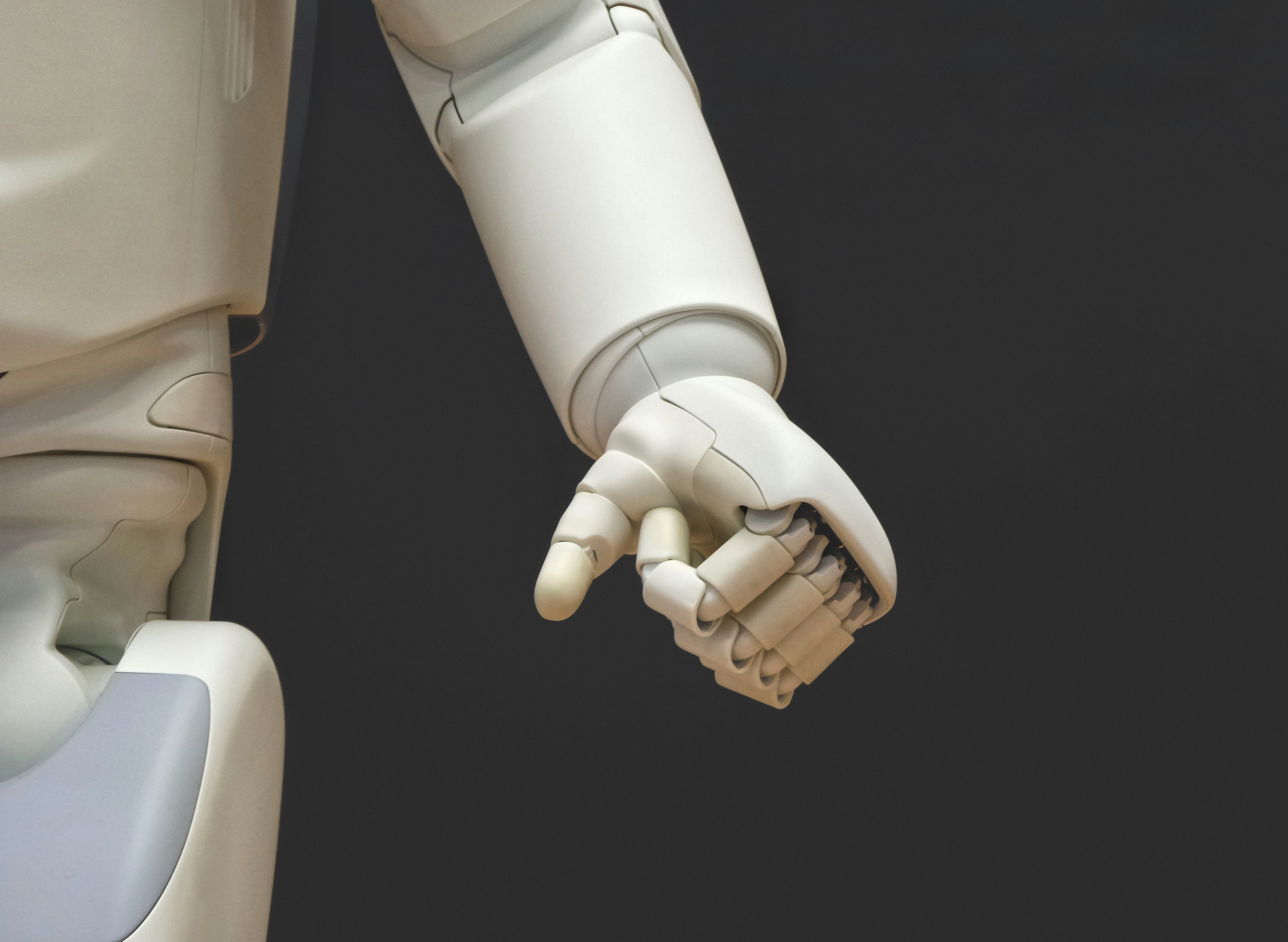Becoming the Trusted Resource for Leveraging AI and Consumer Robots at Home
August 25, 2024 | by joet99@gmail.com
 Photo by Annie Gray on Unsplash
Photo by Annie Gray on Unsplash Understanding the Evolving Capabilities of Home Robots
Home robots have undergone remarkable advancements, transforming from simple mechanical devices into sophisticated machines powered by artificial intelligence (AI). These advanced consumer robots are increasingly becoming an integral part of our daily lives, offering a myriad of functionalities that enhance convenience, efficiency, and overall quality of life. Notably, the range of robotic capabilities now encompasses areas such as cleaning, entertainment, companionship, and personal assistance.
Cleaning robots, such as robotic vacuum cleaners and mops, have become household staples. Equipped with advanced navigation and mapping technology, these robots can autonomously traverse complex home environments, avoiding obstacles and efficiently covering large areas. Recent innovations in sensors and AI algorithms enable these robots to detect different types of surfaces and adjust their cleaning modes accordingly, ensuring optimal performance. Furthermore, advancements in machine learning allow these robots to learn from their environments, progressively improving their efficiency over time.
Robots are not just limited to practical tasks; they also serve as sources of entertainment and companionship. Social robots, equipped with natural language processing (NLP) capabilities, can engage in meaningful conversations with humans. These robots utilize sophisticated AI-driven speech recognition and synthesis technologies to understand and respond to user commands or inquiries with greater accuracy. This level of interaction fosters a deeper emotional connection between humans and their robotic companions, providing comfort and reducing feelings of loneliness.
In the realm of personal assistance, robots are becoming increasingly capable of performing complex tasks, from reminding individuals about their daily schedules to assisting with physical activities. Vision systems driven by computer vision and deep learning algorithms allow these robots to recognize objects, navigate environments, and even identify human emotions. Such capabilities enhance the robots’ ability to assist elderly or disabled individuals, supporting independent living and improving their overall well-being.
The integration of AI technologies, including NLP, machine learning, and vision systems, plays a crucial role in the evolution of home robots. These advancements empower robots to operate more autonomously, adapt to diverse environments, and carry out a broader range of tasks. Ultimately, the continuous development of consumer robotics and AI technologies heralds a future where smart home robots significantly elevate our standard of living, driving convenience, efficiency, and an enhanced quality of life.
Living with Humanoid Robots: Understanding Psychology and Collaboration
Integrating humanoid robots into daily life introduces a unique set of psychological dynamics that require careful consideration. Effective human-robot interactions build on the foundation of mutual understanding and respect. At the core of these interactions is the recognition of robots’ roles as supportive companions rather than mere tools or appliances. The psychological benefits of one such companionship extend to reducing loneliness, providing consistency in routines, and assisting in tasks that enhance the overall quality of life.
Emotional intelligence in robots is a critical factor in fostering positive and meaningful interactions. By embedding AI with the ability to recognize and respond to human emotions, robots can offer a more empathetic and adaptive presence. For example, a robot aiding an elderly person can assess mood changes and adjust its approach accordingly, whether offering entertainment, conversation, or reminders about daily activities. This responsiveness not only aids in practical matters but also builds trust and comfort between human and machine.
Fostering an environment where humans and robots can coexist harmoniously involves promoting mutual understanding. Strategies like structured interaction protocols, clear communication guidelines, and user-customizable behaviors can enhance the collaboration experience. Regular updates and the ability to express preferences help users feel a greater control over their robotic companions, thus elevating the sense of partnership.
Nevertheless, challenges exist. Skepticism about robot reliability or fears stemming from lack of familiarity can hinder the integration process. Education and transparent communication about robot capabilities and limitations are crucial. Providing opportunities for initial low-stakes interactions can ease apprehension and build familiarity over time.
Overcoming these barriers requires a proactive approach, blending technological advancement with human-centered design principles. As humanoid robots increasingly find a place in households, developing strategies that prioritize emotional intelligence, adaptability, and clear human-robot interaction protocols will pave the way for a more seamless and beneficial coexistence.
RELATED POSTS
View all

